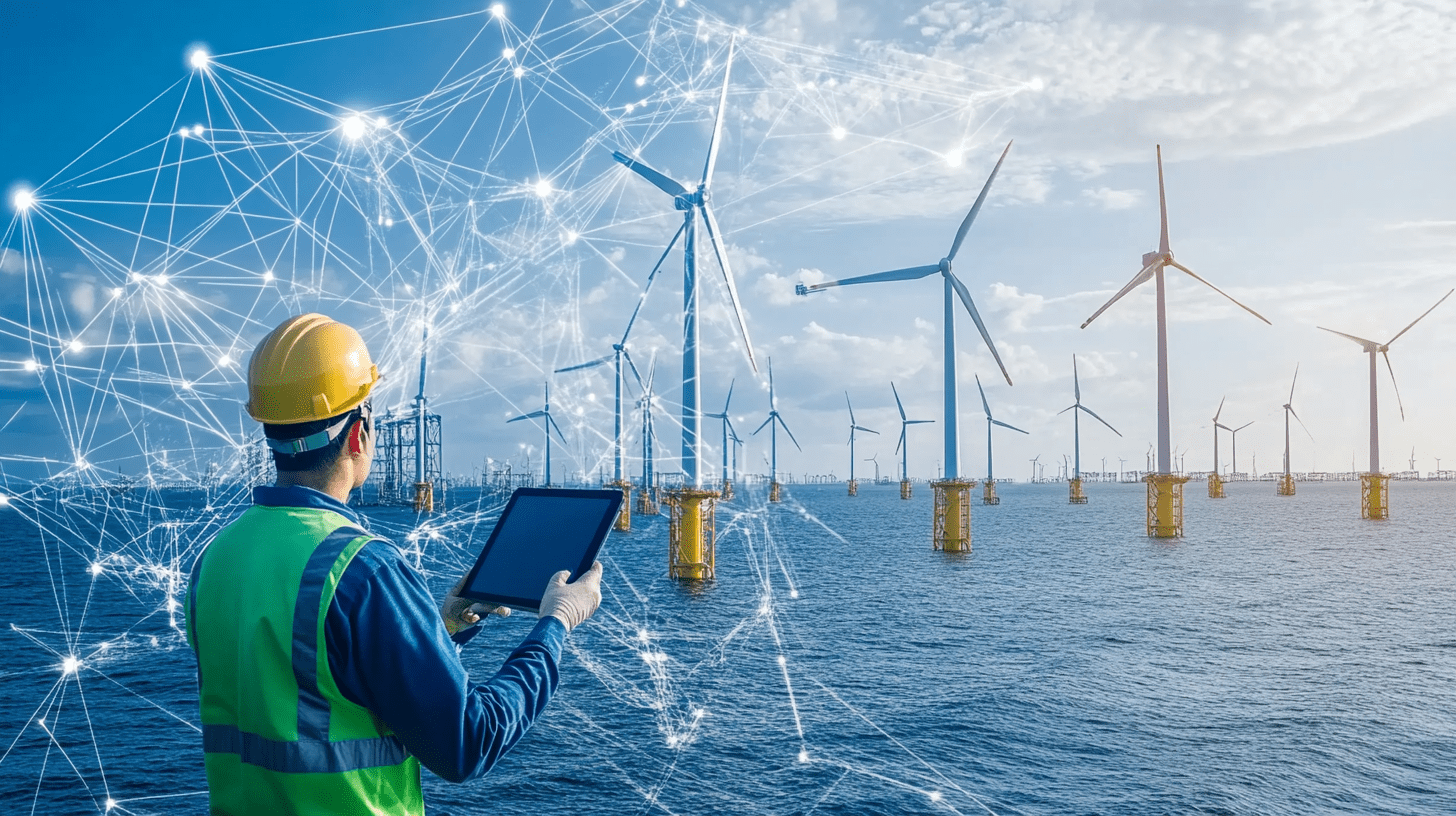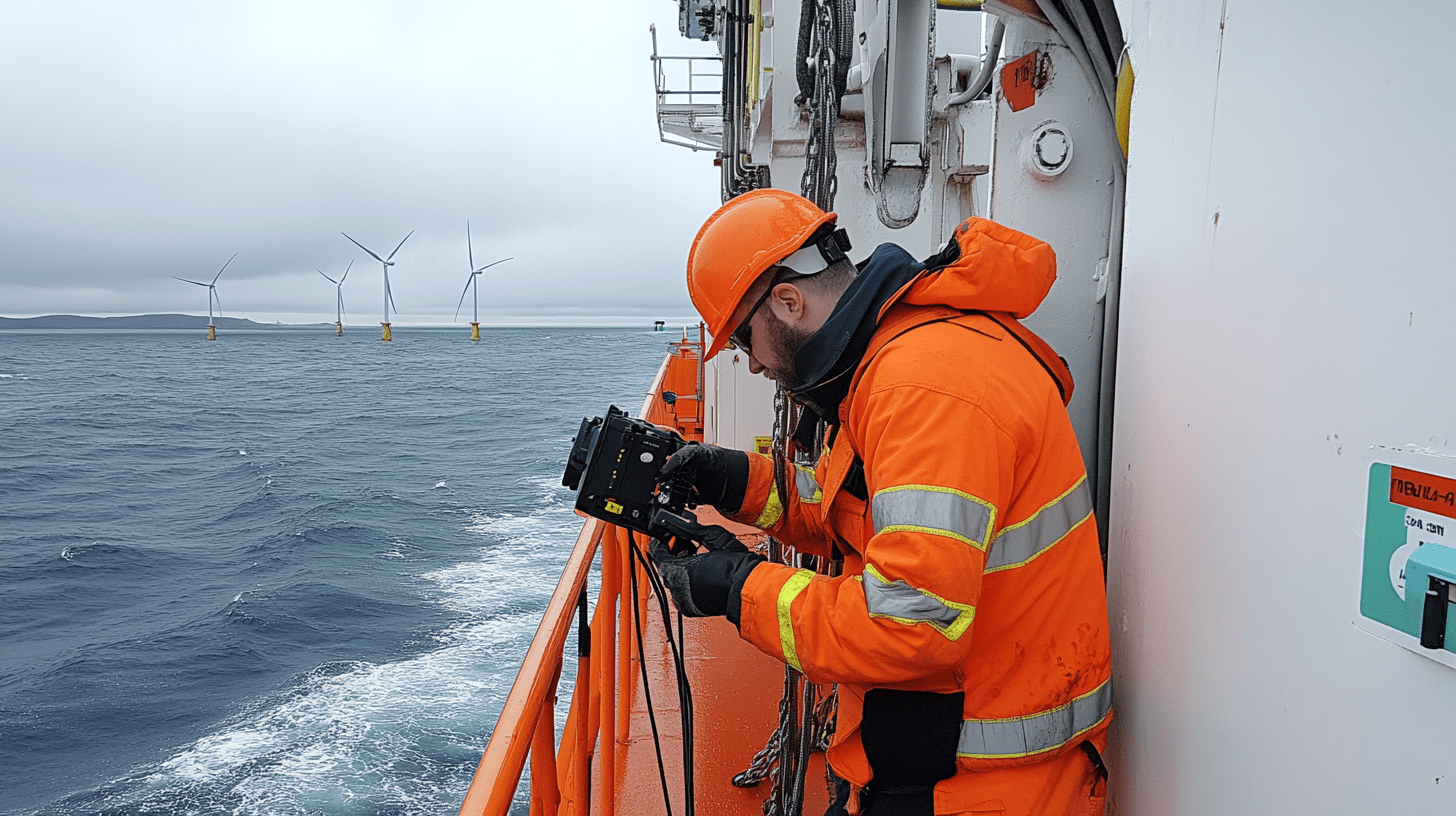By Hannah Damary-Wilson, Commercial Director, Specialist Wind Services
When I found out I had been shortlisted in the Future Leader category at the Global Offshore Wind Awards 2025, my first thought wasn’t about the ceremony in London, or even about myself – it was about the journey, the people, and the purpose behind this recognition.
My career hasn’t been straightforward. I didn’t step neatly into renewables with a ready-made path. I came from running a self-funded rail subcontracting business, where every decision was make-or-break and every lesson came the hard way. It taught me resilience, responsibility, and the cost of carrying something on your shoulders when failure isn’t an option.
But alongside business, there was always family. I know the strain of trying to juggle working long hours, making sacrifices, and still being present at home. Those experiences have shaped the way I lead today. They’ve given me empathy for the people who make this sector work: the contractors offshore, missing milestones at home, the teams putting in long shifts, the families waiting for them.
That’s why at Specialist Wind Services, our priorities are clear: safety, contractor welfare, and innovation. Not slogans, not buzzwords – but lived values. Safety means everyone goes home. Contractor welfare means we look after the people as much as the project. Innovation means building solutions that stand the test of time.
For the business, this shortlisting is also a moment of recognition. It shows that the culture we’re building at SWS – one that refuses to compromise on safety, that champions contractor welfare, and that brings fresh thinking to the table – is being noticed across the industry. It underlines that we’re not just another name in the supply chain, but a company determined to set a new standard and play our part in shaping the sector’s future.
Being shortlisted as a Future Leader is an honour, but more than that, it’s a reminder of why we started SWS in the first place: to build differently, to serve better, and to set a new standard in the industry.
For me personally, it’s also about legacy. I want my children to see that leadership is about integrity, about listening as much as speaking, and about leaving something behind that makes life better for the next generation. That’s what drives me every day – the belief that progress only matters if people are at the centre of it.
So while this shortlist is a proud milestone, it’s also just the beginning. At SWS, we’re determined to keep pushing forward – Powering progress. Delivering today. Shaping tomorrow.





